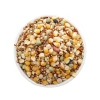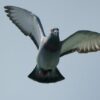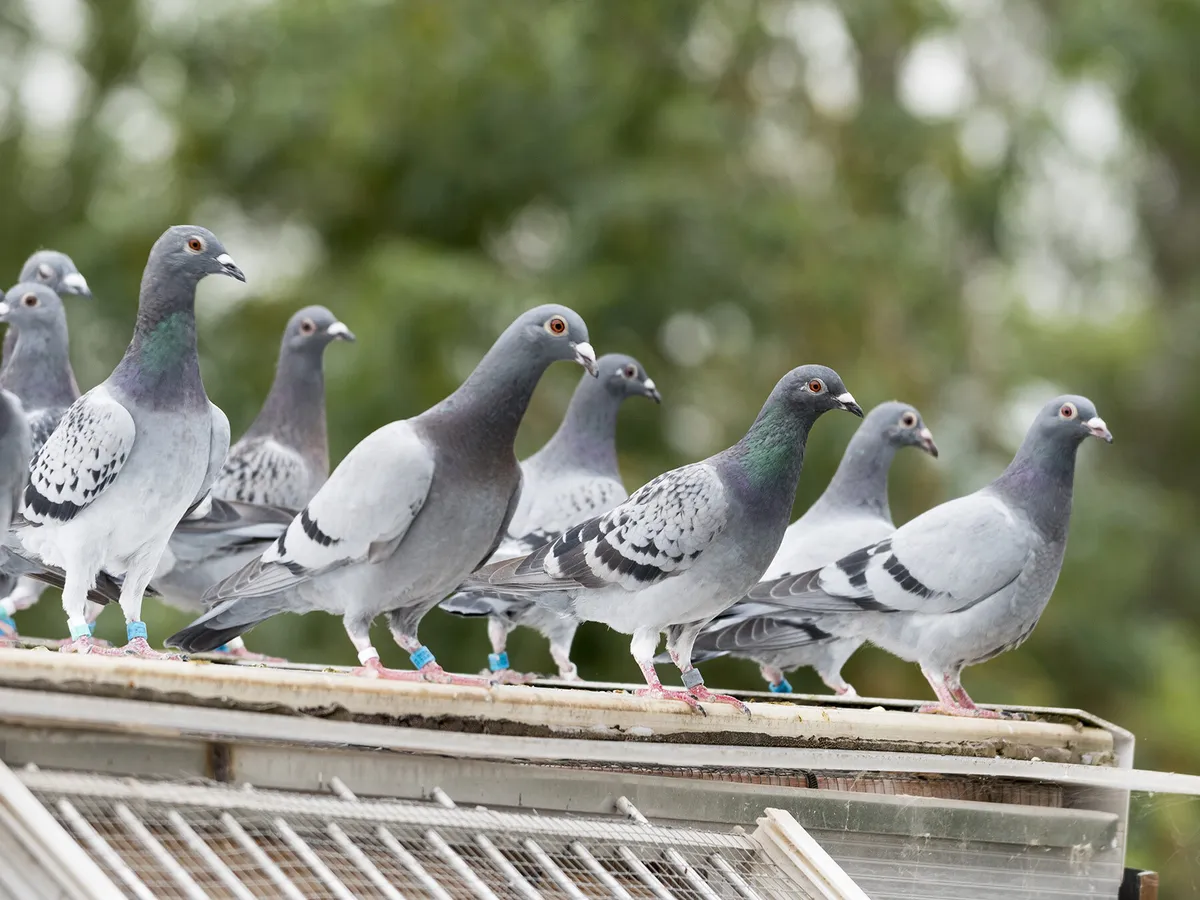
Parasite Control Protocol for Racing Pigeons Pre-Season
Parasite Control Protocol for Racing Pigeons Pre-Season
Racing season is the ultimate test of a pigeon’s endurance, speed, and resilience. But even the best training plan or diet can fall short if your birds are battling parasites behind the scenes. Whether it’s internal worms robbing them of nutrients or external mites causing skin irritation and feather loss, a heavy parasite load can undermine your entire race strategy.
Before your pigeons ever hit the toss basket, pre-season parasite control must be a top priority. A properly timed parasite protocol not only enhances performance but also supports immune strength, digestion, weight maintenance, and respiratory function.
In this guide, we’ll cover:
-
The impact of internal and external parasites on racing pigeons
-
Common signs of parasite infestation
-
A step-by-step parasite control plan (timed for race prep)
-
Deworming medication options (chemical and natural)
-
Best treatments for lice, mites, and feather pests
-
Preventive hygiene tips for loft cleanliness
Let’s set your loft up for a parasite-free, high-performance season with proven pigeon health strategies.
Why Parasite Load Matters for Racing Pigeons
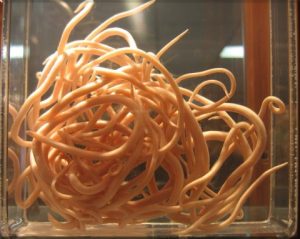
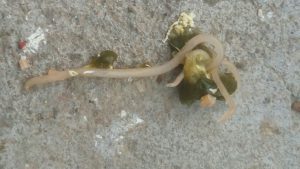
Parasites weaken pigeons in multiple ways. The longer they go untreated, the greater the toll on performance and overall health.
Internal Parasites:
-
Roundworms, hairworms, and tapeworms rob birds of essential nutrients
-
Cause weight loss, poor muscle development, and weak immunity
-
Lead to poor droppings, lethargy, and slow post-race recovery
-
Reduce feed efficiency and gut health, impacting flight endurance
External Parasites:
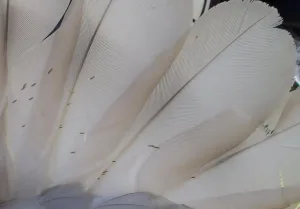
-
Feather mites, lice, red mites, and pigeon flies cause constant discomfort
-
Birds scratch excessively, leading to feather damage and stress
-
Red mites hide in loft crevices and suck blood at night, weakening birds
-
Heavy infestations increase risk of secondary infections and disease spread
Without proactive control, these parasites multiply rapidly, especially in mild weather and crowded lofts.
Signs Your Pigeons May Have a Parasite Problem
Knowing what to look for can help you act early and protect your birds before damage is done.
Common Symptoms:
| Internal Parasites | External Parasites |
|---|---|
| Weight loss | Constant scratching |
| Wet or loose droppings | Ruffled or dull feathers |
| Poor feed conversion | Feather loss on neck or thighs |
| Weakness or fatigue | Night restlessness |
| Swollen intestines | Visible mites or lice |
If multiple birds show symptoms, it’s time to treat the whole loft, not just individuals.
The Ideal Parasite Control Timeline (2–3 Weeks Pre-Race)
Parasite control should be built into your pre-season conditioning — ideally starting 2–3 weeks before training tosses or racing begins.
Step 1: Loft Hygiene (3–4 Weeks Before Racing)
-
Deep-clean the entire loft: scrub floors, perches, and nest boxes
-
Use disinfectants with insecticidal properties
-
Seal crevices where red mites may hide
-
Replace or sanitize bedding
Step 2: Internal Deworming (2–3 Weeks Before Racing)
Choose a broad-spectrum dewormer that targets roundworms, hairworms, and possibly tapeworms.
Effective Dewormers:
-
Levamisole HCl Safe, effective against round and hairworms
-
Ivermectin Double-duty: internal worms and external parasites
-
Fenbendazole Strong against stubborn infestations
-
Moxidectin Long-acting, good for entire flock treatment
-
Natural: Garlic extract, pumpkin seeds, wormwood (less reliable but gentle)
Dosage Tip: Always follow label instructions. Under-dosing can lead to resistance; over-dosing can harm the liver.
When to Treat: Deworm on an empty crop in the morning, followed by vitamins the next day.
Step 3: External Parasite Treatment (7–10 Days Before Racing)
Treat both birds and the loft to remove mites, lice, and red mites.
On-Bird Options:
-
Permethrin spray or powder Fast and effective
-
Ivermectin (topical or oral) Systemic protection
-
Neem oil Natural option, repels lice and mites
-
Diatomaceous earth Dust under wings and in nesting areas
Loft Treatment:
-
Spray crevices with mite killer (cypermethrin-based)
-
Dust perches and corners with diatomaceous earth
-
Burn old nest pads if infested
-
Repeat treatment every 7–10 days during peak infestation periods
Important: Always treat at night if targeting red mites, as they emerge after dark to feed.
Step 4: Liver Support & Immune Boost (Post-Treatment)
Parasite treatments — even natural ones — can stress the liver and kidneys.
Support with:
-
Multivitamins + Liver Tonics (e.g., methionine, choline)
-
Oregano oil or garlic (antimicrobial, gentle detox)
-
Electrolytes and glucose for recovery after treatment days
Add these to the water for 1–2 days after deworming or mite treatment to speed up recovery and keep birds strong.
Sample Parasite Control Schedule (4 Weeks Before Racing)
| Week | Action |
|---|---|
| Week 4 | Deep loft clean + first external spray |
| Week 3 | Internal deworming (levamisole or ivermectin) |
| Week 3 | Add vitamins to water 1 day after treatment |
| Week 2 | Second external mite/lice treatment |
| Week 1 | Final loft inspection + light herbal support |
| Week 0 | Begin training flights (parasite-free and ready) |
Should You Repeat During the Racing Season?
Yes, but carefully. Avoid strong chemical treatments too close to races.
-
Use natural support (garlic, oregano, ACV) weekly
-
Light mite dusting or herbal sprays during molt or rest weeks
-
Monitor droppings and body weight regularly
-
Repeat internal deworming every 8–10 weeks if needed
Natural Parasite Prevention (Ongoing)
While chemical treatments are essential during infestation, these natural preventives help reduce recurrence:
-
Garlic water (2–3 days/week)
-
Oregano oil in drinking water or grain
-
Apple cider vinegar to support gut pH and deter parasites
-
Herbal loft sachets (lavender, mint, eucalyptus)
-
Sunlight and dry loft conditions — parasites hate dry heat
Final Thoughts: A Clean Start A Strong Finish
Starting the season with parasite-free birds gives your racing team a clean slate for maximum conditioning, health, and speed. Internal and external parasites may be silent attackers, but their impact on performance is loud and clear.
Don’t wait until symptoms show. Plan your pre-season parasite control protocol 2–3 weeks before racing begins — and stick to it.
By combining smart deworming, external pest control, and immune support, you’ll help your pigeons race stronger, recover faster, and maintain top form all season long.
Need help choosing the right dewormer or mite spray for your loft?
Let us help you build a customized parasite prevention plan tailored to your region, loft size, and racing calendar.
Your pigeons deserve their best shot this season give it to them parasite-free!
